Home>Technology>Smart Home Devices>How To Add Printer To Print Server


Smart Home Devices
How To Add Printer To Print Server
Modified: February 18, 2024
Learn how to easily add a printer to your print server for seamless integration with your smart home devices. Streamline your printing setup today!
(Many of the links in this article redirect to a specific reviewed product. Your purchase of these products through affiliate links helps to generate commission for Storables.com, at no extra cost. Learn more)
Introduction
Welcome to the world of smart home devices, where technology seamlessly integrates with our daily lives to enhance convenience, efficiency, and security. In this article, we will delve into the fascinating realm of print servers and explore the process of adding a printer to a print server. As smart homes continue to evolve, the need for interconnected devices becomes increasingly vital, and understanding the intricacies of print server management is a valuable skill.
Whether you are a tech enthusiast, a small business owner, or a curious individual seeking to expand your knowledge, this guide will equip you with the insights and practical know-how to seamlessly integrate a printer with a print server. By the end of this journey, you will have a comprehensive understanding of the setup process, configuration essentials, and troubleshooting techniques, empowering you to optimize your printing experience within a smart home environment.
So, let's embark on this enlightening exploration of print servers and printers, unraveling the complexities and demystifying the steps involved in adding a printer to a print server. Get ready to elevate your smart home setup and embrace the seamless connectivity that modern technology has to offer.
Key Takeaways:
- Print servers are like traffic managers for printers in a smart home. They help multiple devices share printers, save costs, and make printing more efficient and reliable.
- Adding a printer to a print server involves steps like checking compatibility, configuring settings, and testing the connection. Troubleshooting common issues ensures uninterrupted access to printing capabilities.
Read more: How To Add A Printer To A Server
Understanding Print Servers
Print servers play a pivotal role in managing and coordinating print jobs within a networked environment. Essentially, a print server acts as a centralized hub that facilitates communication between computers and printers, streamlining the printing process and enhancing overall efficiency. By leveraging a print server, multiple users can access and utilize a shared pool of printers, eliminating the need for individual printer connections on each computer.
One of the key advantages of utilizing a print server is the ability to consolidate printer resources, thereby reducing costs and simplifying maintenance. This centralized approach enables seamless printer management, as administrators can monitor the status of printers, configure print queues, and implement print policies from a single interface.
Print servers come in various forms, including dedicated hardware devices and software-based solutions. Dedicated print servers are standalone devices specifically designed to manage printing tasks, offering robust functionality and reliability. On the other hand, software-based print servers can be implemented on existing servers or network-attached storage (NAS) devices, leveraging their computing resources to fulfill print server duties.
Furthermore, print servers support different printing protocols, such as the Internet Printing Protocol (IPP), Line Printer Remote (LPR), and the Server Message Block (SMB) protocol. These protocols enable seamless communication between client devices and the print server, ensuring that print jobs are efficiently processed and delivered to the appropriate printers.
As smart home environments continue to embrace interconnected devices, the role of print servers becomes increasingly significant. By harnessing the capabilities of print servers, smart home users can establish a cohesive printing infrastructure that enhances accessibility, reliability, and productivity. With a solid understanding of print server fundamentals, we can now proceed to explore the process of adding a printer to a print server, unlocking the potential for seamless printing within a smart home ecosystem.
Adding a Printer to a Print Server
Integrating a printer with a print server involves a series of steps designed to establish a seamless connection and enable efficient printing capabilities within a networked environment. Whether you are setting up a new printer or integrating an existing one with a print server, the process typically follows a standardized approach that ensures compatibility and accessibility for all users.
The first step in adding a printer to a print server involves identifying the printer on the network and ensuring that it is compatible with the print server’s supported protocols and drivers. This entails verifying the printer’s network settings, such as its IP address, and confirming that it adheres to the required printing standards, such as IPP or SMB.
Once the printer’s compatibility is confirmed, the next step is to access the print server’s management interface, which may be a web-based console or a dedicated software application. Within the management interface, administrators can initiate the process of adding a new printer by specifying its network details, such as the IP address or hostname, and selecting the appropriate printing protocol.
After the printer is added to the print server, administrators can configure its settings, including print queues, access permissions, and advanced printing options. By customizing these settings, administrators can tailor the printing experience to suit the specific requirements of the smart home environment, ensuring optimal performance and resource utilization.
For users seeking to add a printer to a print server from their client devices, the process typically involves accessing the print server’s shared printers list and installing the necessary drivers. This enables seamless integration with the print server, granting users the ability to send print jobs to the shared printer effortlessly.
By following these steps, users can successfully add a printer to a print server, harnessing the power of centralized printing management and fostering a cohesive printing ecosystem within their smart home environment. With the printer integrated into the print server, the next crucial step is to configure its settings to align with the specific requirements and preferences of the users and administrators.
Configuring Printer Settings
Once a printer is successfully added to a print server, configuring its settings is essential to optimize its functionality and ensure seamless integration within the smart home environment. This involves customizing various parameters to align with the specific needs of users, administrators, and the network infrastructure, thereby enhancing the overall printing experience.
One of the primary configuration aspects is setting up print queues, which define the order in which print jobs are processed by the printer. Administrators can create and manage print queues within the print server’s management interface, allowing them to prioritize print jobs, allocate resources efficiently, and implement print scheduling based on usage patterns and requirements.
Access permissions and security settings also play a crucial role in configuring the printer within the print server environment. By defining user access levels, administrators can regulate printing privileges, ensuring that sensitive or confidential documents are safeguarded while promoting responsible printing practices within the smart home ecosystem.
Moreover, configuring advanced printing options, such as duplex printing, color management, and paper tray selection, empowers users to tailor their printing preferences according to specific tasks and document types. This level of customization enhances user satisfaction and productivity, as individuals can leverage the printer’s capabilities to meet their diverse printing needs effectively.
Additionally, integrating the printer with print management software or tools can streamline administrative tasks, such as monitoring print usage, generating reports, and implementing cost-saving measures. These tools provide valuable insights into printing behavior and resource utilization, enabling administrators to optimize printing workflows and minimize operational costs within the smart home environment.
By carefully configuring printer settings, administrators and users can harness the full potential of the integrated printer within the print server, fostering a harmonious and efficient printing ecosystem. With the printer’s settings aligned with the specific requirements and preferences of the smart home environment, the next crucial step is to test the connection and ensure that the printer operates seamlessly within the networked infrastructure.
When adding a printer to a print server, make sure to install the correct printer drivers on the server to ensure compatibility with all connected devices. This will help avoid any printing issues and ensure smooth operation.
Testing the Connection
After adding and configuring a printer within the print server environment, it is essential to conduct comprehensive testing to verify the connectivity, functionality, and performance of the integrated printer. This crucial phase ensures that the printer operates seamlessly within the smart home network, delivering reliable printing capabilities to all users.
The first step in testing the connection involves sending a test print job from a client device to the integrated printer. This allows users to verify that the print server successfully processes and delivers the print job to the designated printer, confirming that the communication channels are established and functional.
It is also important to assess the printer’s responsiveness and print quality during the testing phase. By printing a variety of documents, including text files, images, and graphics, users can evaluate the printer’s performance and ensure that it meets the expected standards in terms of clarity, color accuracy, and overall output quality.
Testing the printer’s advanced features, such as duplex printing, paper tray selection, and toner management, provides valuable insights into the printer’s versatility and functionality. Users can assess the seamless execution of these features, ensuring that the integrated printer delivers a comprehensive printing experience that aligns with the diverse requirements of the smart home environment.
Furthermore, administrators can leverage diagnostic tools within the print server management interface to monitor the printer’s status, track print job queues, and identify any potential issues that may affect the printer’s performance. This proactive approach enables administrators to address and resolve connectivity or functionality concerns promptly, maintaining a robust printing infrastructure within the smart home ecosystem.
By thoroughly testing the connection and functionality of the integrated printer, users and administrators can instill confidence in the printer’s reliability and performance, fostering a productive and efficient printing environment within the smart home network. However, in the event of any challenges or issues encountered during the testing phase, it is essential to be equipped with troubleshooting techniques to swiftly address and resolve common printer integration issues.
Troubleshooting Common Issues
While integrating a printer with a print server within a smart home environment, users and administrators may encounter common issues that can hinder seamless printing operations. By understanding these challenges and implementing effective troubleshooting techniques, it is possible to swiftly address and resolve issues, ensuring uninterrupted access to printing capabilities.
One prevalent issue involves connectivity problems between the client devices and the integrated printer. In such cases, it is crucial to verify the network settings, including the IP address and subnet configuration, to ensure that the printer and client devices are on the same network segment. Additionally, checking the integrity of network cables, wireless connections, and router settings can help identify and rectify connectivity issues.
Print job errors, such as stalled or queued print jobs, can impede the printing process and disrupt workflow efficiency. Administrators can address these issues by accessing the print server management interface to review and clear print queues, ensuring that print jobs are processed and delivered without delays or interruptions.
Inconsistent print quality, including smudged prints or faded text, may arise due to issues with the printer’s toner or ink cartridges, print head alignment, or paper settings. Users can troubleshoot print quality issues by performing maintenance tasks, such as cleaning the print heads, replacing consumables, and adjusting print settings to optimize output quality.
Error messages and status alerts displayed on the printer or within the print server management interface can provide valuable insights into potential issues. By referencing these messages and leveraging online resources or support documentation, users and administrators can identify the root causes of errors and take appropriate corrective actions to resolve them.
In the event of persistent or complex issues, seeking assistance from the printer manufacturer’s support resources, online forums, or professional IT services can provide valuable guidance and expertise in addressing and resolving advanced printer integration challenges within the smart home environment.
By proactively addressing common printer integration issues and leveraging effective troubleshooting techniques, users and administrators can maintain a robust and reliable printing infrastructure within the smart home network, ensuring consistent access to high-quality printing capabilities for all users.
Conclusion
As we conclude our exploration of adding a printer to a print server within the smart home environment, we have gained valuable insights into the intricacies of print server management, printer integration, and troubleshooting techniques. By embracing the seamless connectivity and centralized printing capabilities facilitated by print servers, smart home users can optimize their printing experience and enhance overall productivity within their networked environment.
Understanding the fundamental role of print servers in coordinating print jobs, consolidating printer resources, and streamlining printing operations has empowered us to harness the full potential of interconnected printing within the smart home ecosystem. By following a structured approach to adding a printer to a print server, configuring its settings, testing the connection, and addressing common integration issues, users and administrators can establish a robust printing infrastructure that caters to the diverse needs of modern smart homes.
Furthermore, the ability to troubleshoot common printer integration issues equips individuals with the knowledge and skills to swiftly address connectivity, print quality, and error-related challenges, ensuring uninterrupted access to printing capabilities and maintaining a seamless printing experience for all users.
As technology continues to evolve and smart home environments become increasingly interconnected, the integration of printers with print servers represents a pivotal aspect of enhancing productivity, resource utilization, and user satisfaction within the modern home setting. By leveraging the insights and techniques presented in this guide, smart home enthusiasts and administrators can embark on a journey of seamless printing integration, fostering a cohesive and efficient printing ecosystem that aligns with the dynamic demands of contemporary smart homes.
In conclusion, the integration of printers with print servers within the smart home environment offers a gateway to streamlined printing operations, centralized management, and enhanced accessibility, ultimately contributing to a more productive and connected living experience for all residents. With a comprehensive understanding of print server management and printer integration, we stand poised to embrace the transformative potential of interconnected printing within the evolving landscape of smart home technology.
Frequently Asked Questions about How To Add Printer To Print Server
Was this page helpful?
At Storables.com, we guarantee accurate and reliable information. Our content, validated by Expert Board Contributors, is crafted following stringent Editorial Policies. We're committed to providing you with well-researched, expert-backed insights for all your informational needs.
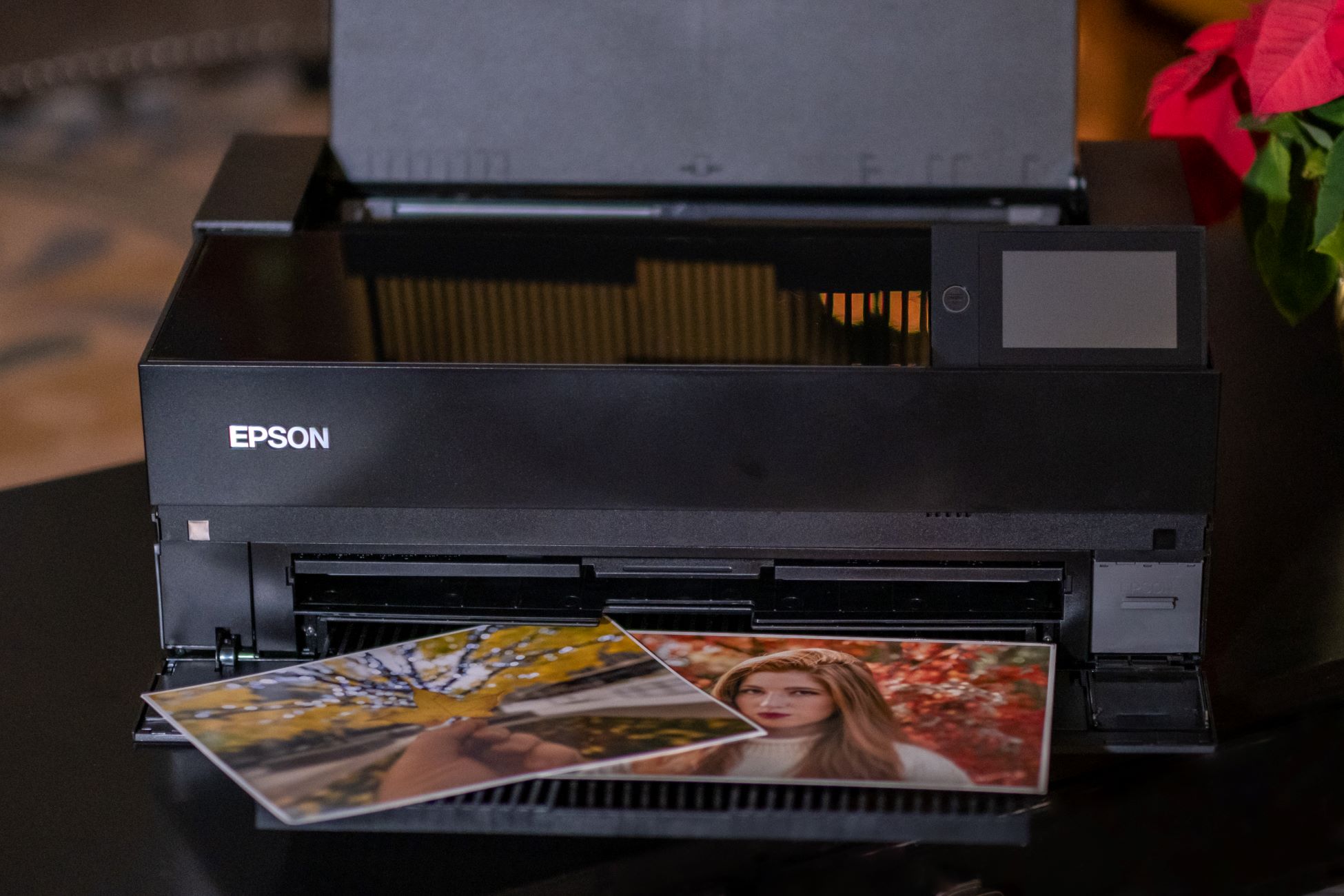
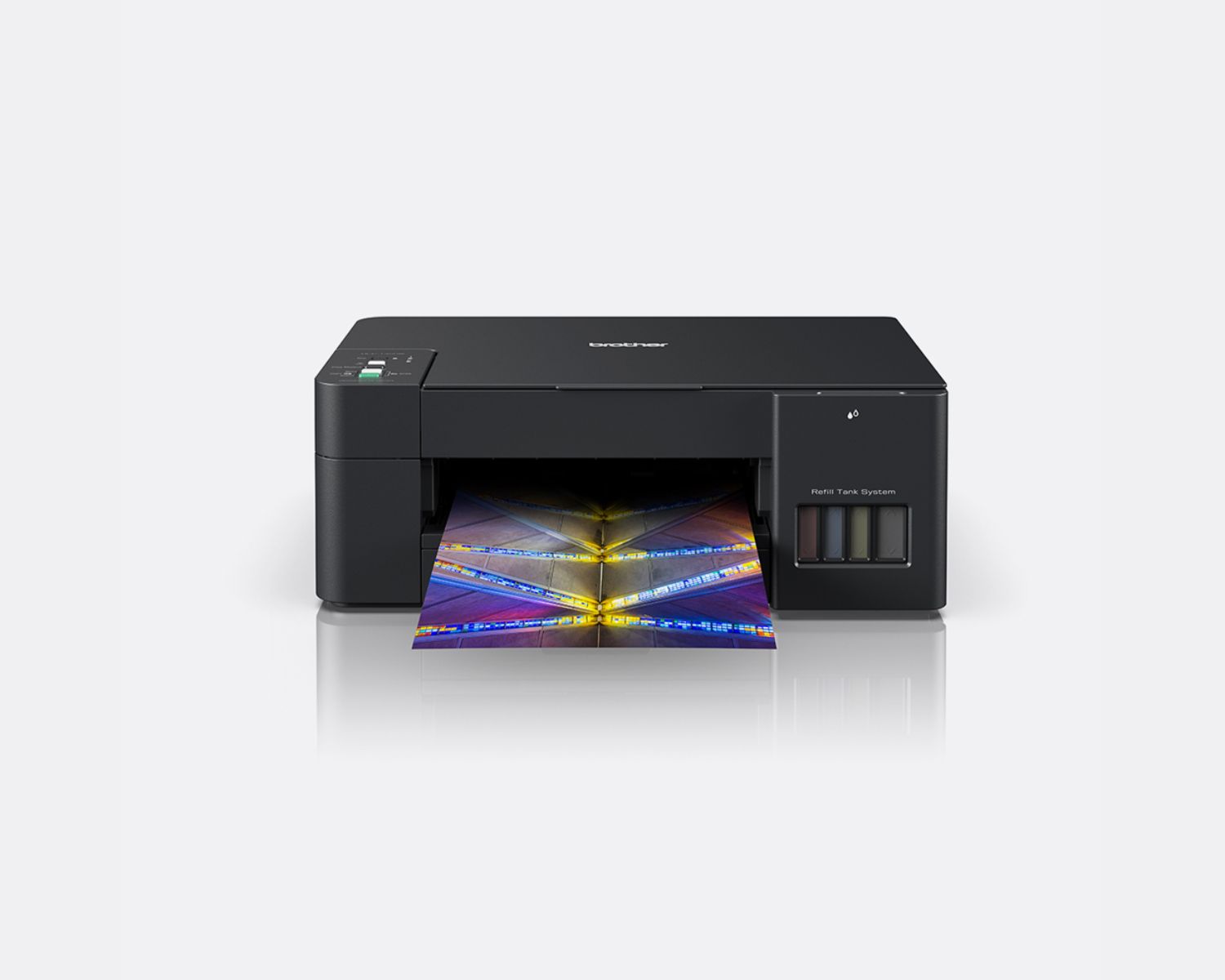
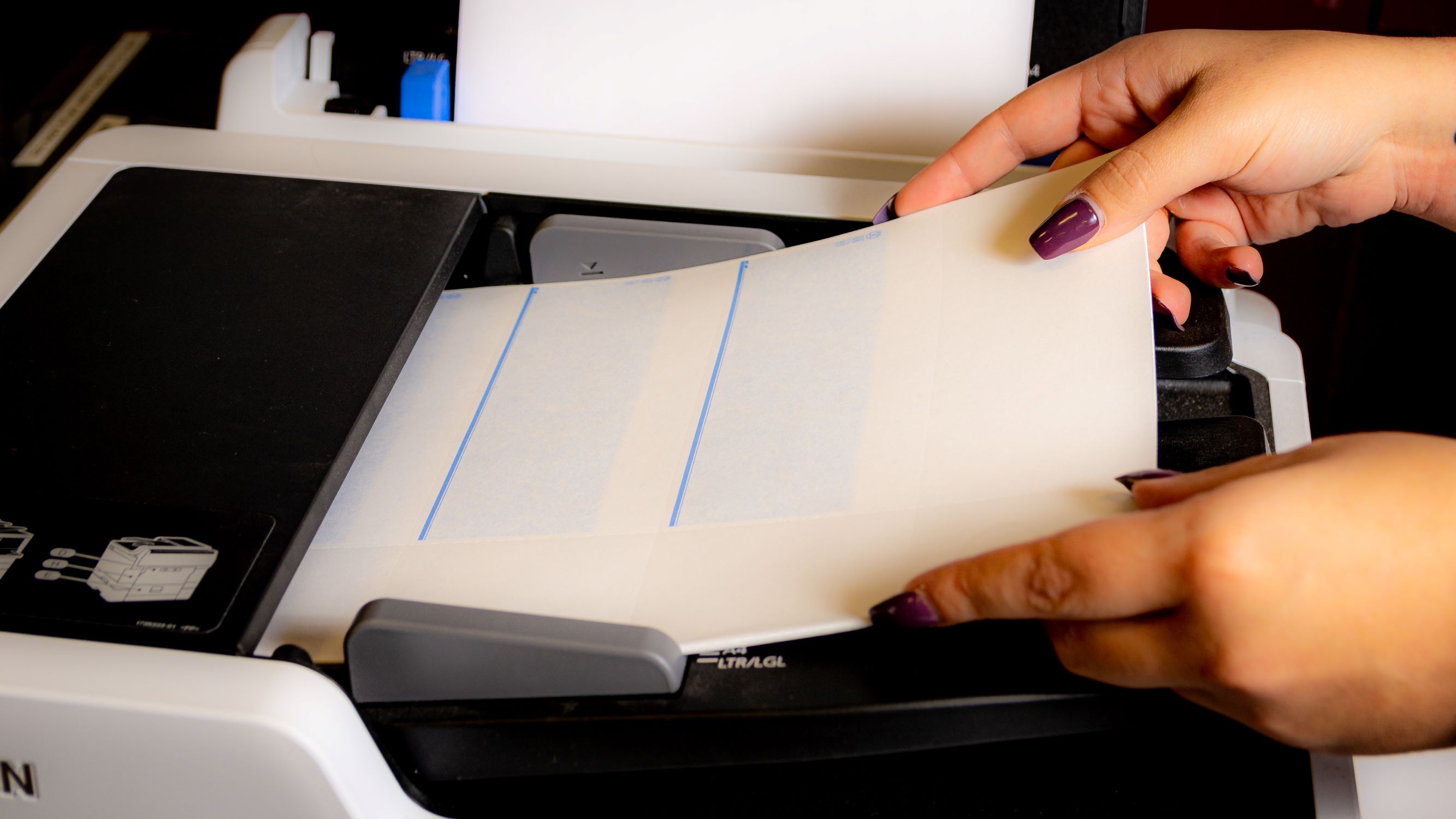
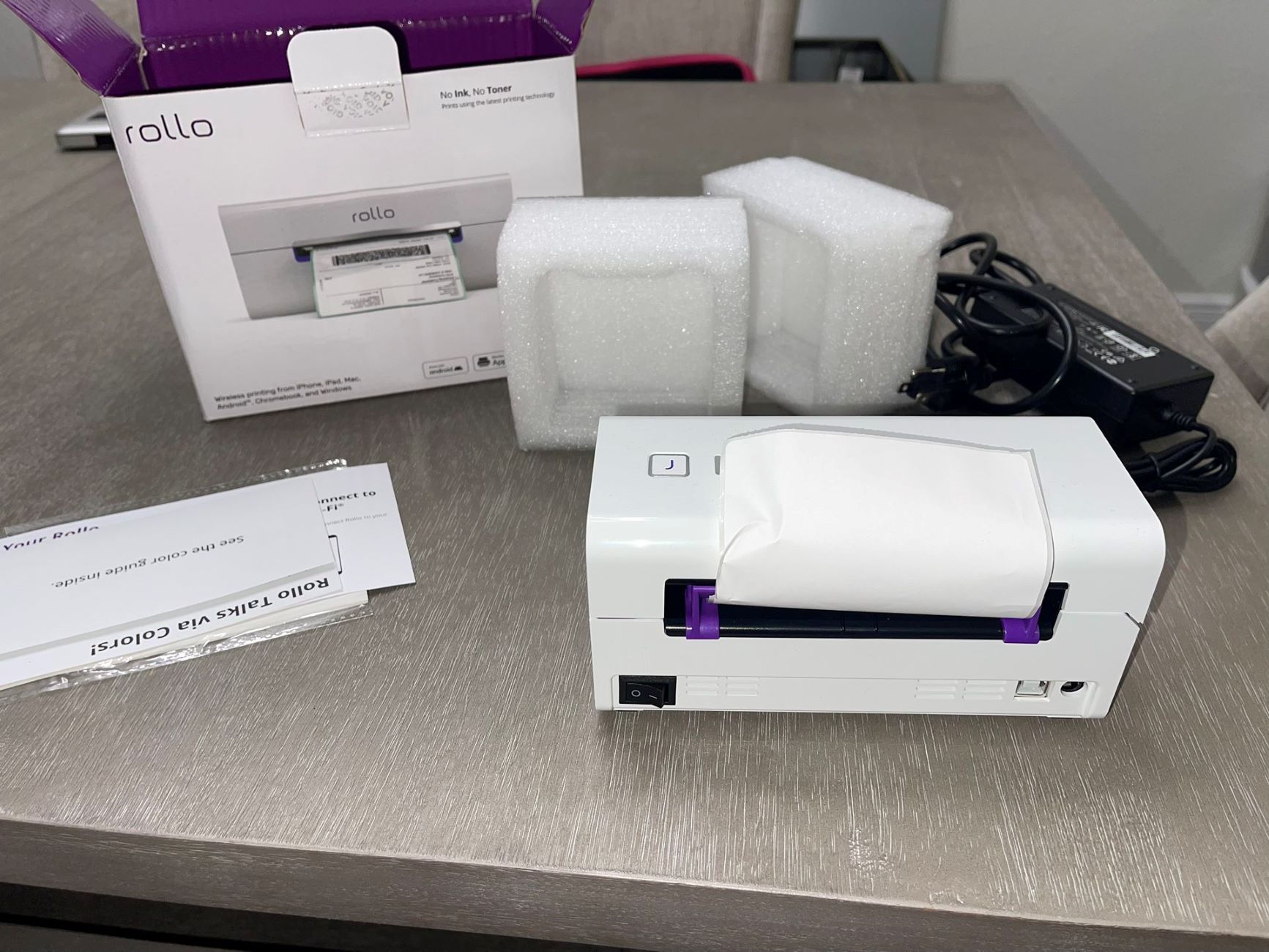
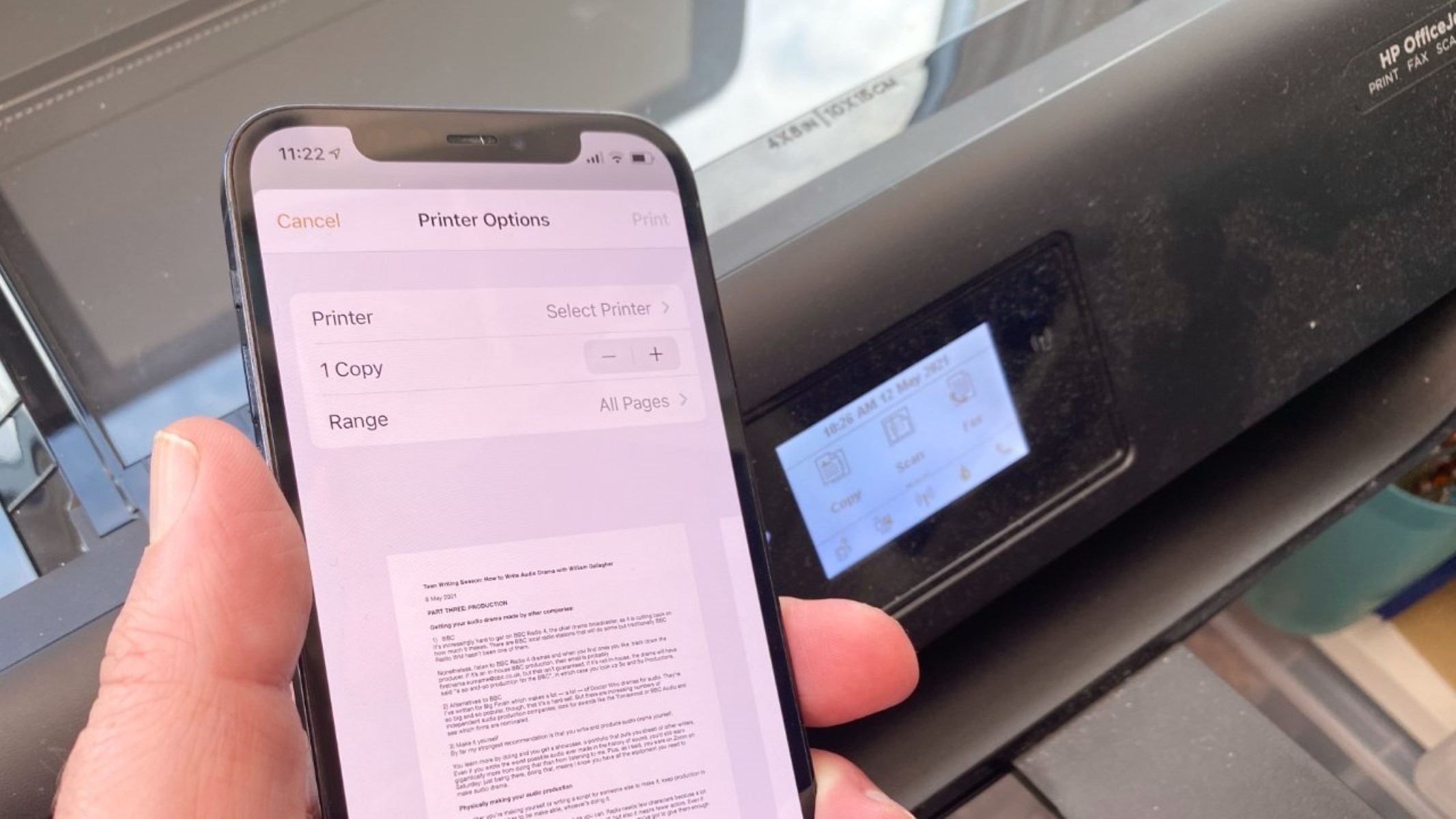
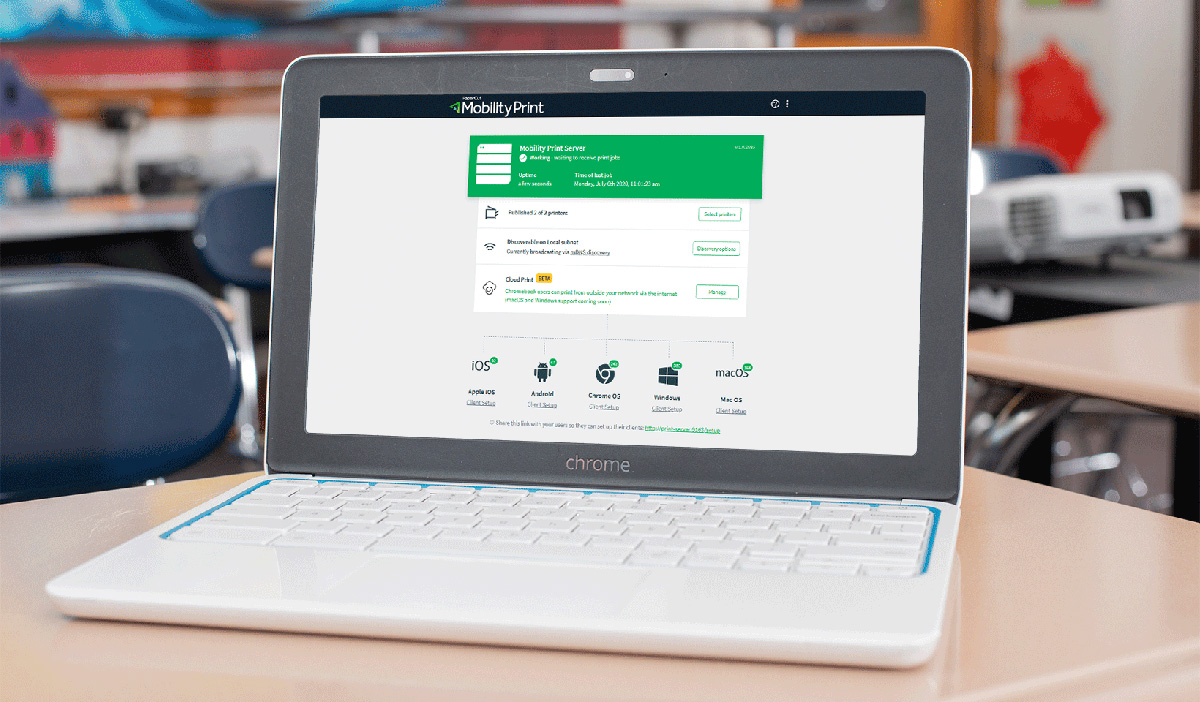
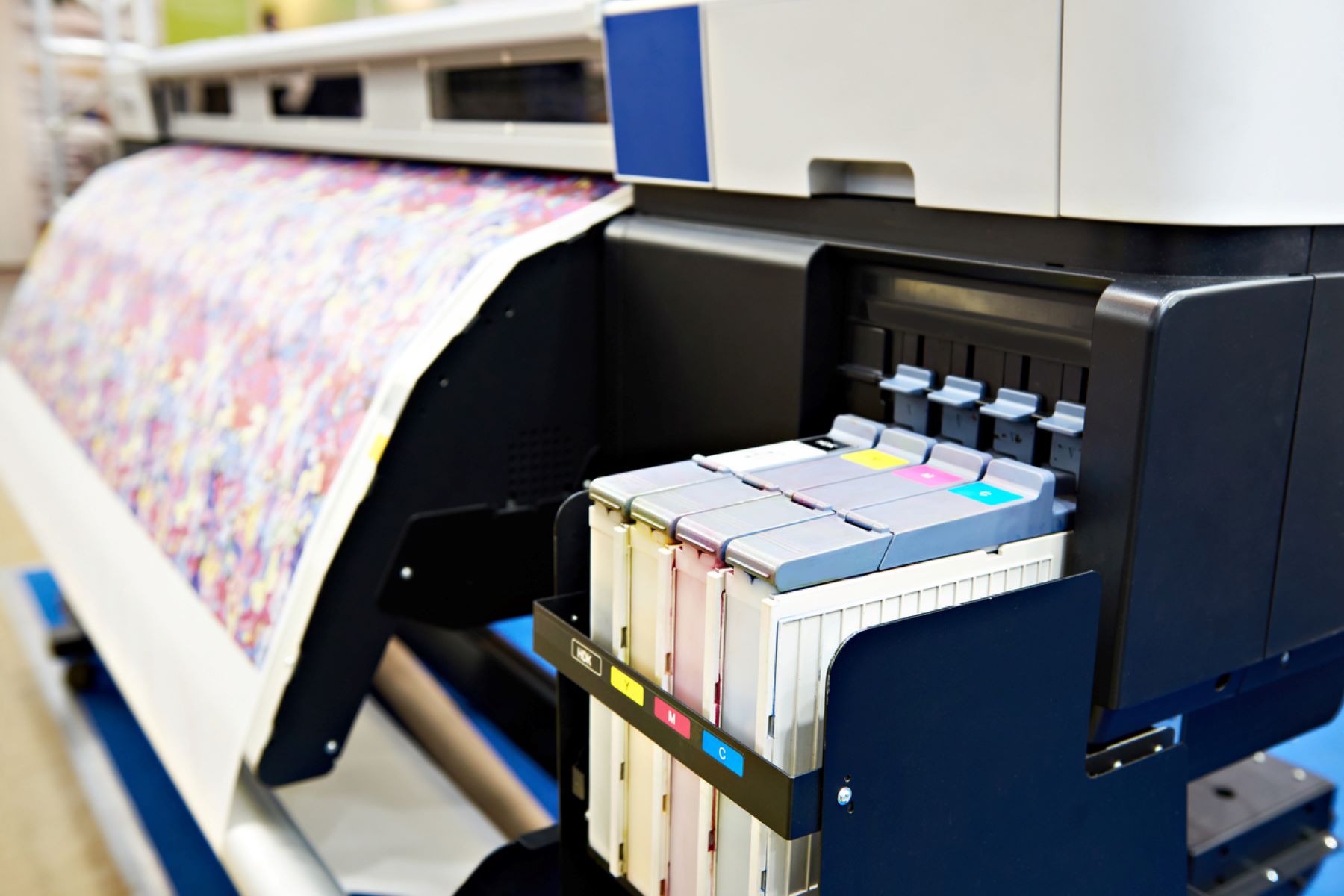
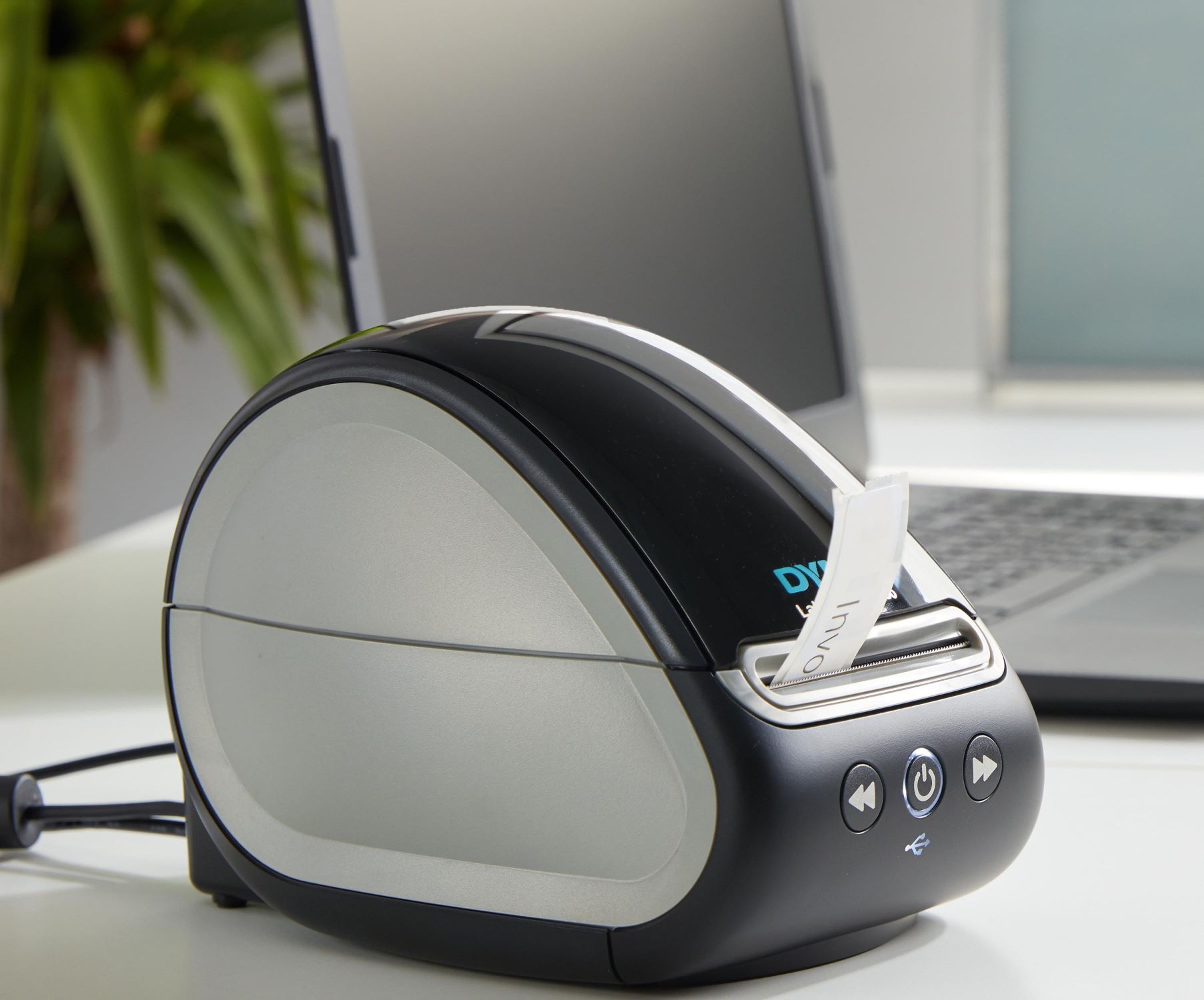

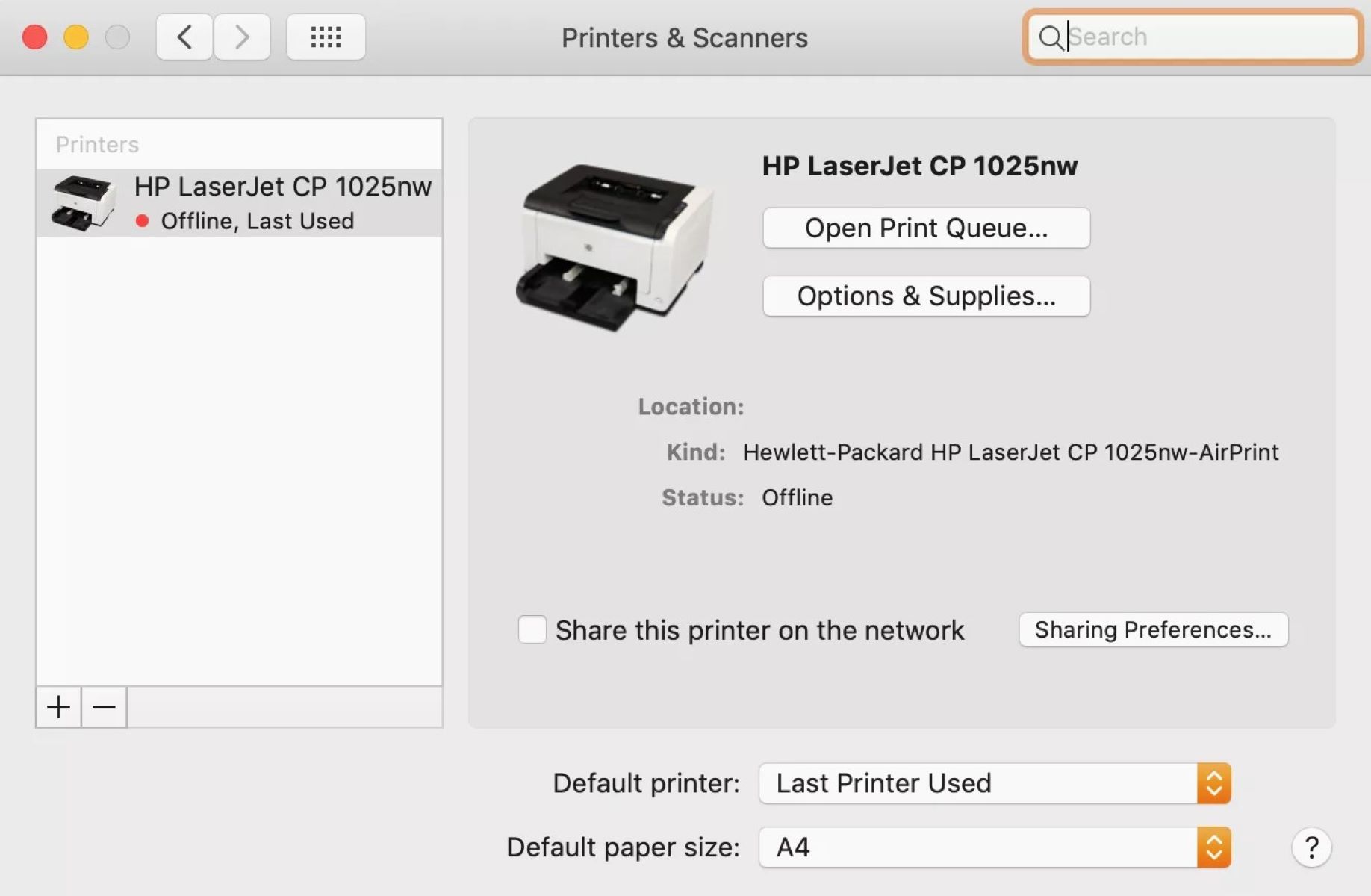

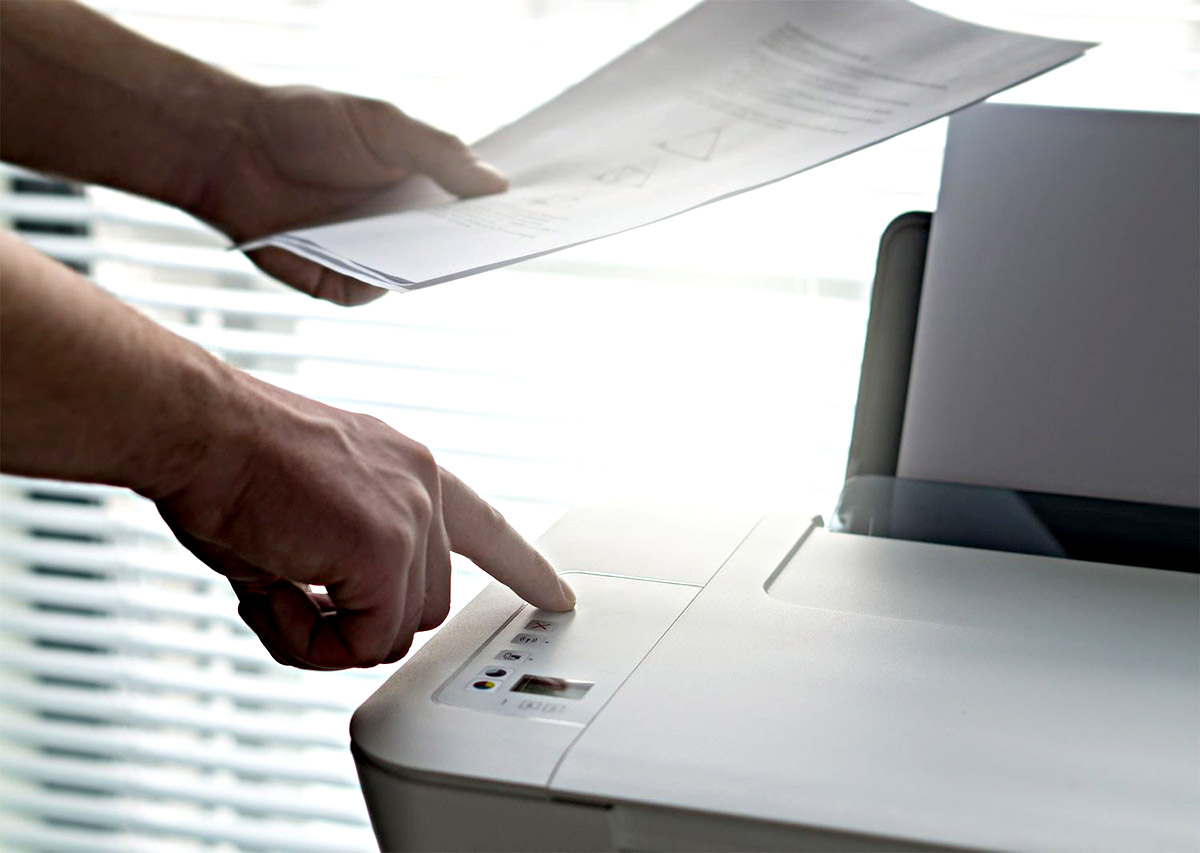
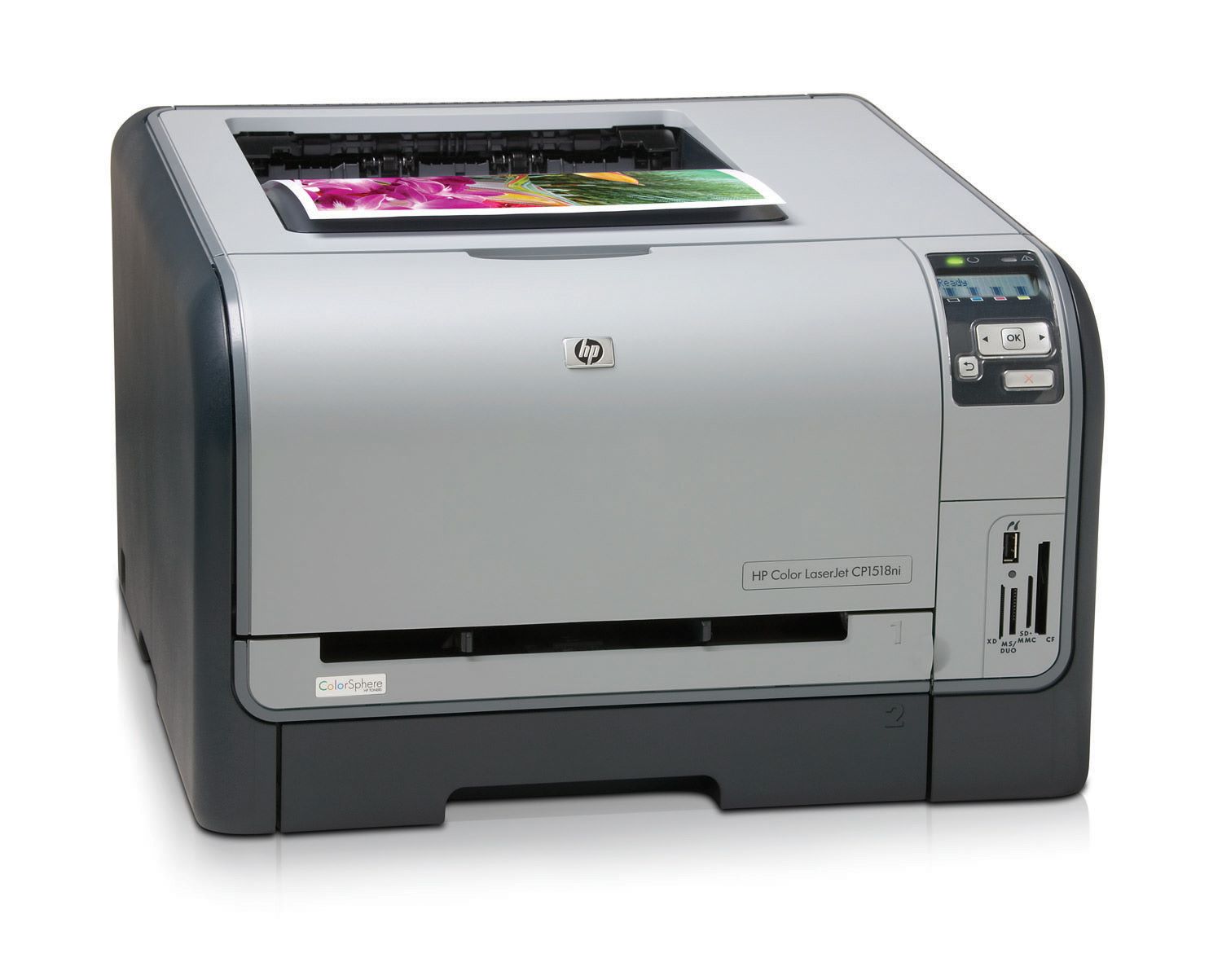
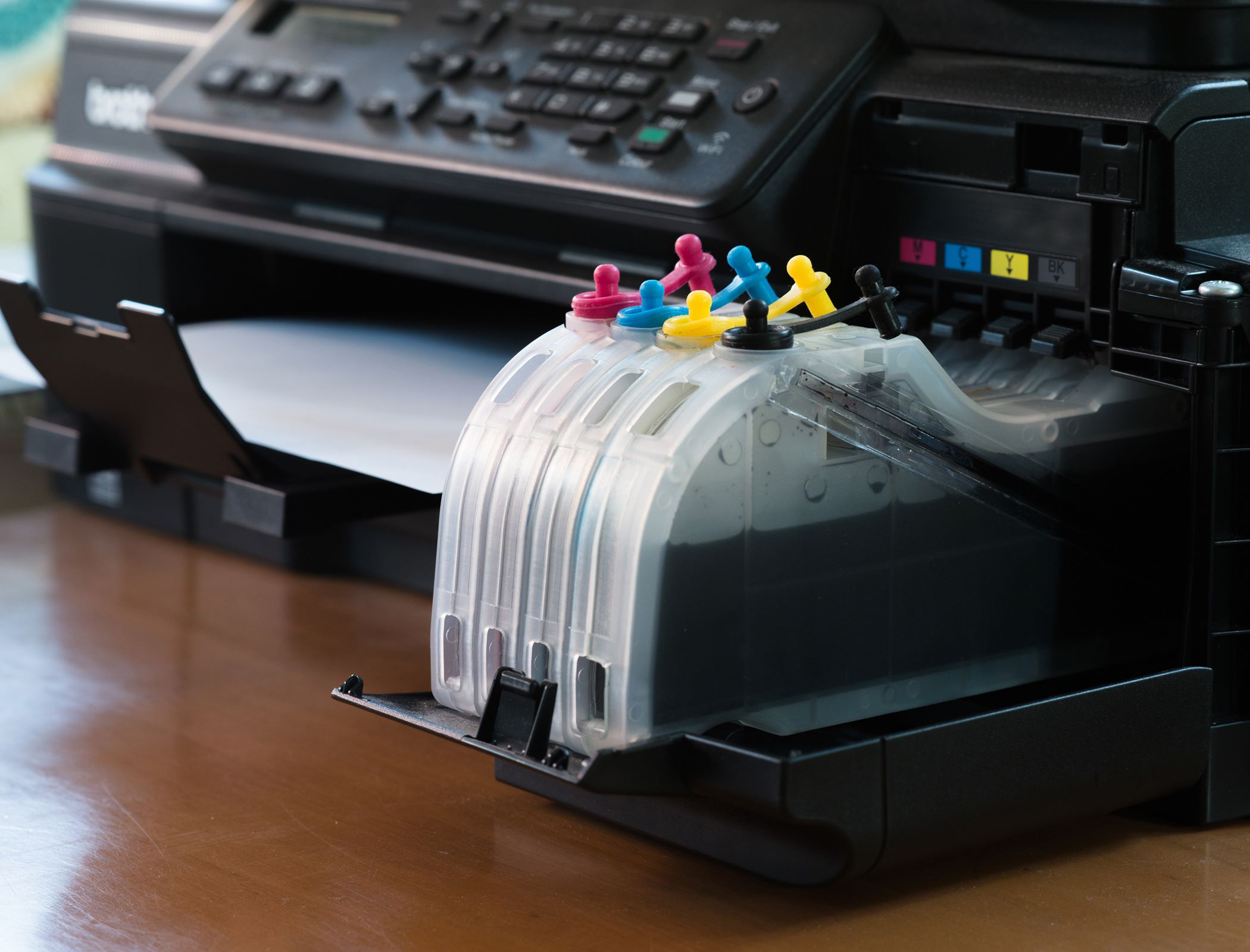

0 thoughts on “How To Add Printer To Print Server”